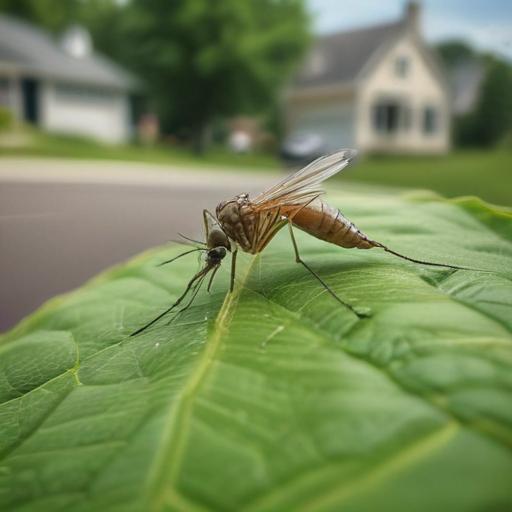West Nile virus has recently been detected in 21 towns across Connecticut as officials report a noticeable expansion of the disease. The Connecticut Agriculture Experiment Station (CAES) has found infected mosquitoes in Fairfield, New Haven, and Hartford counties over the past few weeks.
Phil Armstrong, chief scientist at CAES and head of the state’s mosquito trapping program, noted, “It’s not unusual to see West Nile virus in the state… but this year we are seeing it in new towns.” The virus has been identified in cities including Bethel, Bridgeport, Danbury, Glastonbury, and New Haven, among others. The northern house mosquito, known for carrying the virus, transmits it to humans through bites after becoming infected by feeding on birds that harbor the virus.
Armstrong emphasized that high-risk areas are typically urban and suburban, with a concentration in Fairfield and New Haven counties, and an increasing presence in Hartford County. He pointed out that mosquitoes are likely to breed in standing water near residential areas, increasing the risk of transmission.
Most individuals infected with West Nile virus do not show outward symptoms; only about 20% exhibit mild issues such as fever or muscle aches. However, the virus can lead to severe neurological diseases affecting the brain and spinal cord, which can be fatal without treatment.
Reflecting on last year’s statistics, Connecticut recorded 13 human cases of West Nile virus, with six hospitalizations. This year, no human cases have been reported yet, illustrating the importance of vigilance.
As we enter the height of the mosquito season, Armstrong advises the public to take precautions against bites. Recommendations include applying EPA-registered insect repellents, wearing appropriate clothing, maintaining screens in good condition, and using mosquito nets when necessary.
The proactive measures taken by residents can significantly reduce the chances of contracting the virus. It’s a reminder of the importance of community awareness and personal responsibility in public health initiatives, especially during the peak mosquito activity in late summer and early fall. By staying informed and cautious, individuals can help protect themselves and others from this mosquito-borne illness.
